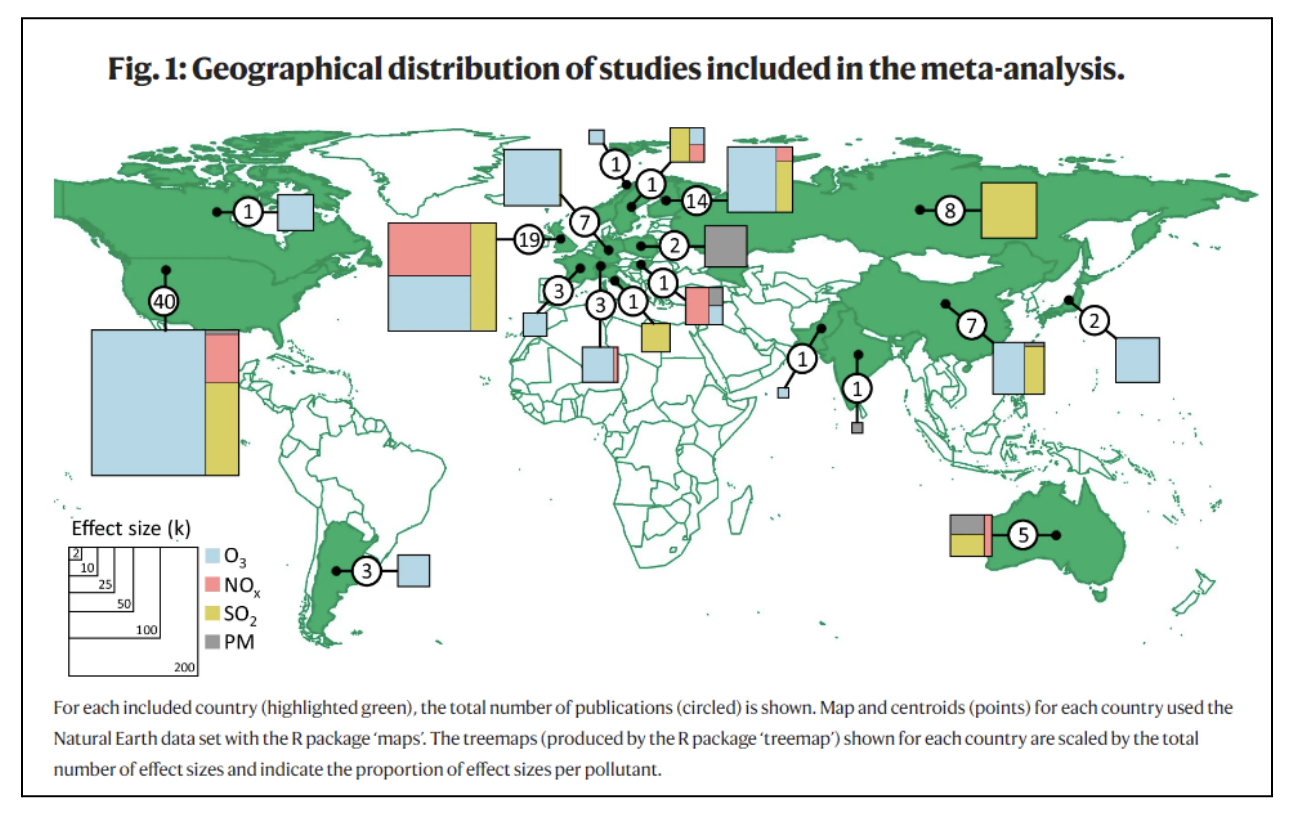News Excerpt:
According to a recent study, Bees and other beneficial insects are more adversely affected by air pollution compared to crop-destroying pests.
More About News
- Researchers from the University of Reading reviewed data from 120 scientific papers, examining the responses of 40 insect species across 19 countries to pollutants such as ozone, nitrogen oxides, sulfur dioxide, and particulate matter.
- The study was published in the journal Nature Communications.

Key Findings of the Study
- The study revealed that pollinators, including bees, moths, and butterflies, experienced a 39% decline in foraging efficiency when exposed to high levels of air pollution.
- In contrast, plant-eating pests like aphids showed no significant impact.
Impact on Beneficial vs. Pest Invertebrates:
- Air pollution significantly reduces the performance of beneficial invertebrates, such as pollinators and pest regulators, but does not affect plant pest invertebrates.
- Ozone pollution has the most detrimental effects, impairing beneficial invertebrates even at concentrations below air quality standards.
- Other pollutants studied include nitrogen oxides, sulfur dioxide, and particulate matter.
Scent Based Communication
- The study suggests that beneficial insects, such as bees and wasps, are more susceptible to air pollution due to their reliance on scent-based communication.
- These insects use airborne chemical signals to locate flowers, find mates, or hunt prey.
- Air pollutants can chemically alter these scent trails or interfere with the insects' ability to detect them, disrupting their sensory environment.
Based Communication Visual
- Conversely, many pests rely more on direct contact or visual cues, making them less affected by changes in airborne chemical signals.
Impact on Insect behavior
- The research focused on how air pollution impacts various insect behaviors and biological aspects, including feeding, growth, survival, reproduction, and food location.
- The ability to find food was the most severely impaired, declining by about one-third on average.
Impact of Different Pollutants
- Among the pollutants, ozone was found to be particularly harmful to beneficial insects, reducing their ability to thrive and perform their ecological roles by 35%.
- Even low ozone levels, below current air quality standards, can cause significant damage. Nitrogen oxides also significantly impaired beneficial insects.
- The researchers noted that the negative impacts on invertebrate performance are not dependent on pollutant concentrations, indicating that even low pollution levels are harmful.
- Predicted increases in tropospheric ozone could have unintended consequences for global invertebrate populations and their ecological services.
Individual Pollutants' Effects:
- Ozone (O3):
-
- Reduces performance of beneficial invertebrates by 35%.
- Negatively affects pollinators, parasitoids, and detritivores, but not herbivorous pests.
- Nitrogen Oxides (NOx):
-
- Reduces performance by 24% in beneficial invertebrates, no significant effect on pests.
- Sulfur Dioxide (SO2):
-
- Variability in response, generally negatively affects beneficial invertebrates.
- Particulate Matter (PM):
- Insufficient data to draw solid conclusions, but indications of negative impacts on certain invertebrates exist.
Way Forward: Future policies should prioritize reducing emissions of harmful pollutants to mitigate harmful impacts.
|
Pollinator
|


